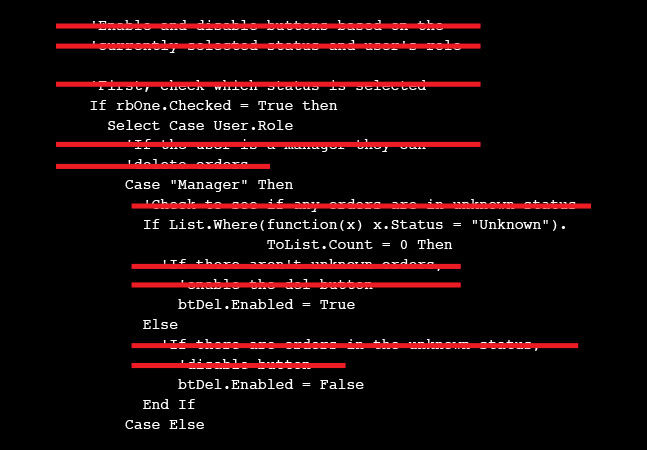
Naming conventions are obviously a good thing, right? Not necessarily -- and only if you understand the problem they solve.

After having a UI design invalidated during usability testing, Peter has to find a way to figure out what the user wants the application to do.

There's no doubt that the ASP.NET Web API is a wonderful thing. But developing services that support content negotiation in a testable way requires a little setup.

Peter looks for help in building an extension method that will let him compare two objects in a Visual Studio Test. In return, he introduces the CollectionAssert class.

Claims-based security lets you manage your site's authorization process using any criteria that makes sense to you. And the Microsoft .NET Framework 4.5 provides some performance support for you once you start using claims-based security.

Here's an example of how user stories, personas, usability testing and the practicalities of navigating with a mouse define a UI. Peter Vogel also discusses how he feels about error messages.

Peter looks at how rewriting some complex code -- purely to make it easier to read -- eliminates the need for writing comments. He even adds a comment to some code.

Microsoft .NET Framework 4.5 support for claims-based security can make your existing authorization system more powerful and flexible, even if you never intend to start working with third-party security providers. Plus, it's backward-compatible with virtually all of the authorization code you're already using.

The new Apple iOS stops looking like anything but a computer's UI -- but do you care?

Peter Vogel responds to the furor about his contention that developers do too much code commenting. He says that documenting code, while it may be necessary, isn't valuable.

Building your applications so that each part does just one job well makes everything easier. Peter Vogel applies that approach to a Windows Forms app and, in addition to getting it to work, creates a more responsive application.

The latest version of TypeScript adds generics but there's more in the package than that. Peter looks at what's new.

It isn't news that developers don't like documenting their code. But you have good reason not to. And if you are documenting code, try to stop! It's not too late.

In this month's column, Peter Vogel takes a single -- and common -- problem and looks at all the technologies you can use to solve it, from getting the data design correct through handling updates and finishing with a UI built in ASP.NET MVC.

Sometimes you need more than roles to effectively manage authorizing user requests. You can do that without moving to claims-based security in the Microsoft .NET Framework 4.5 by creating your own user object.